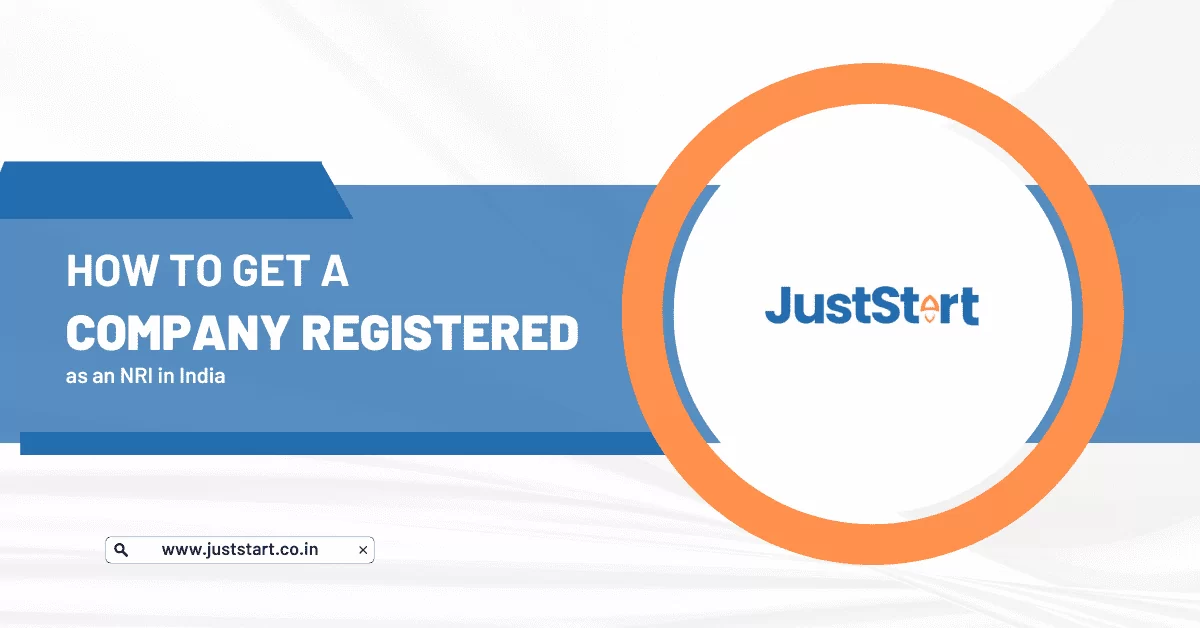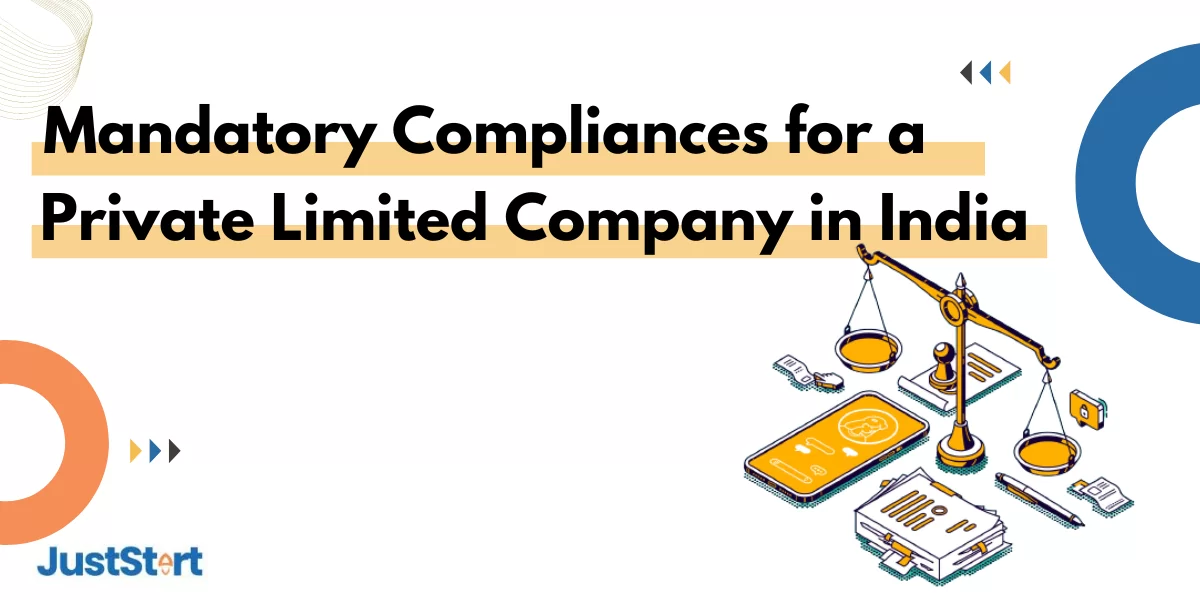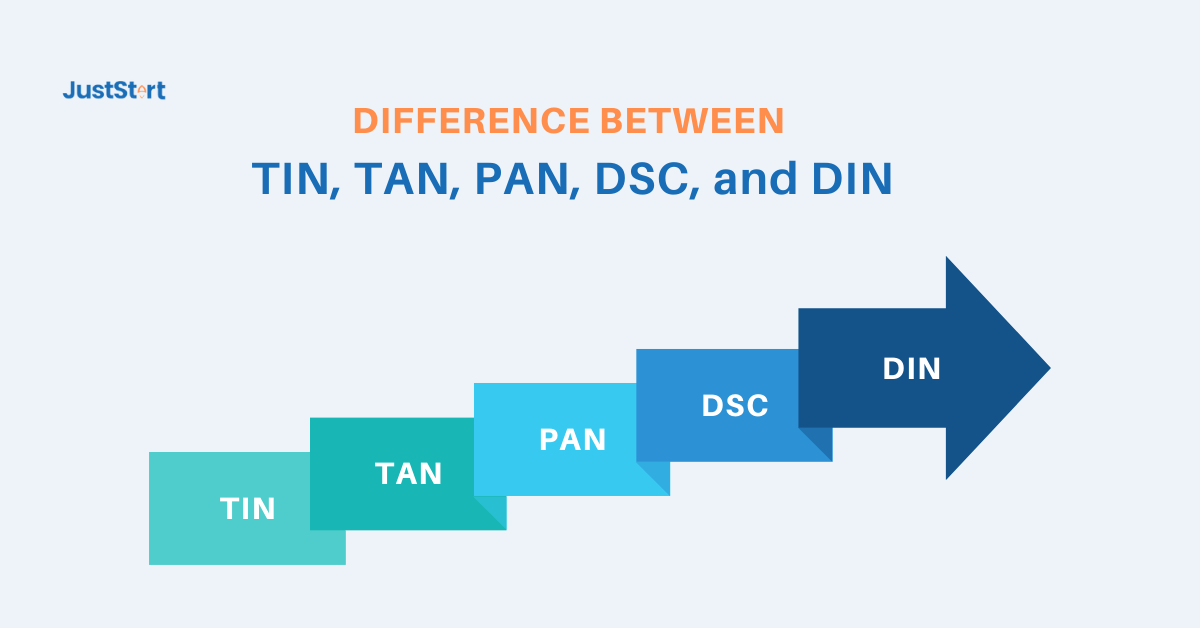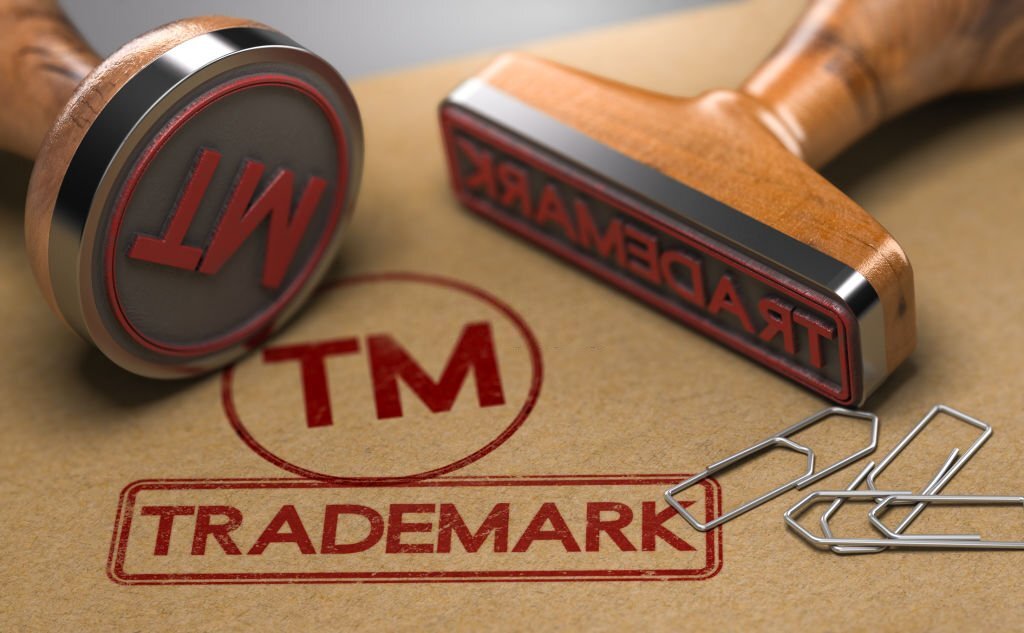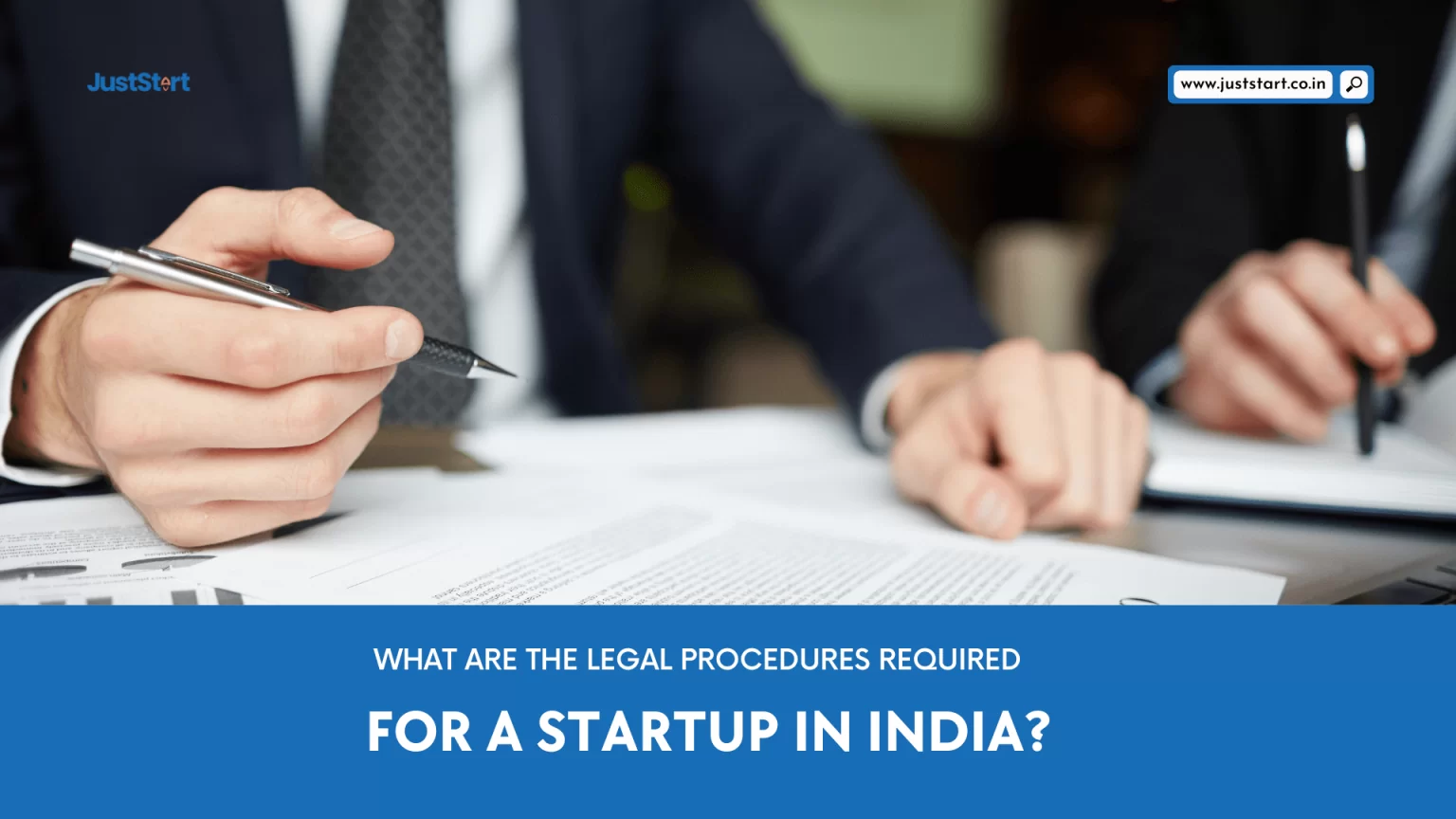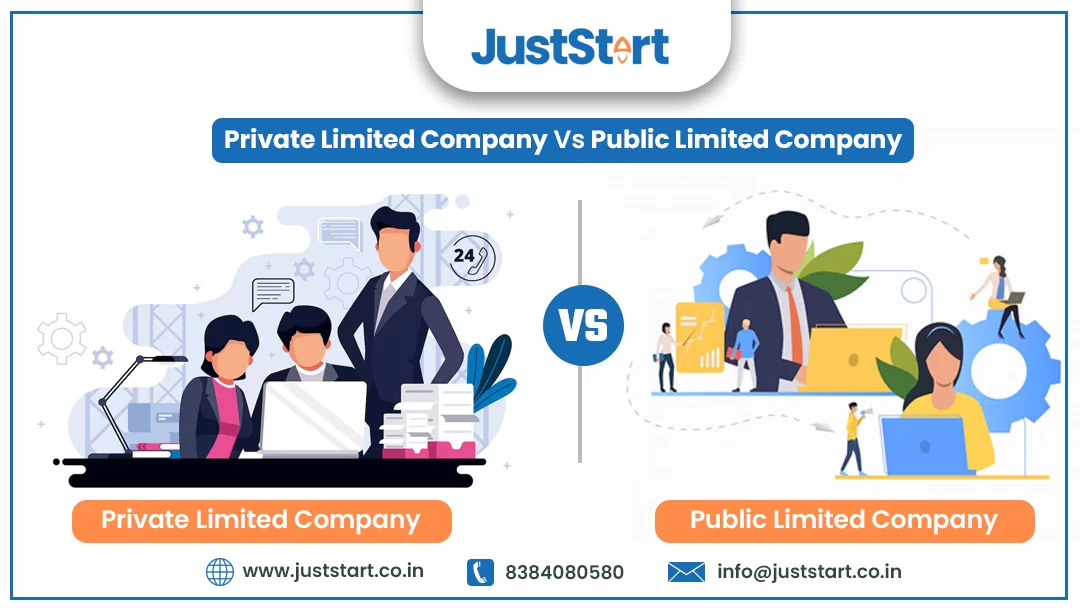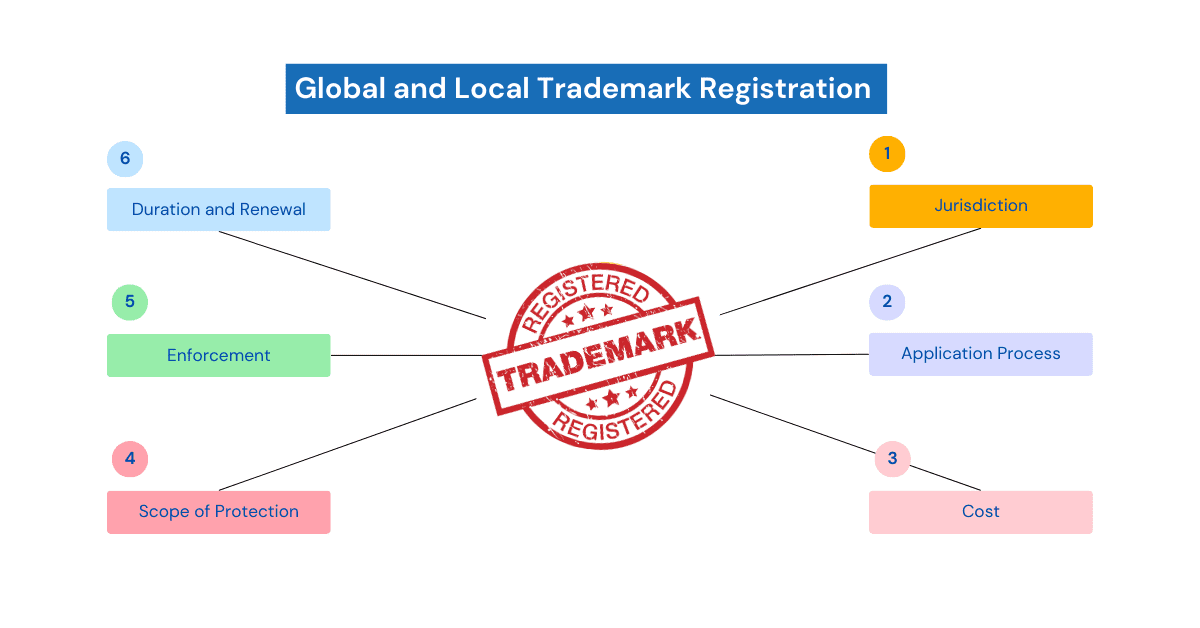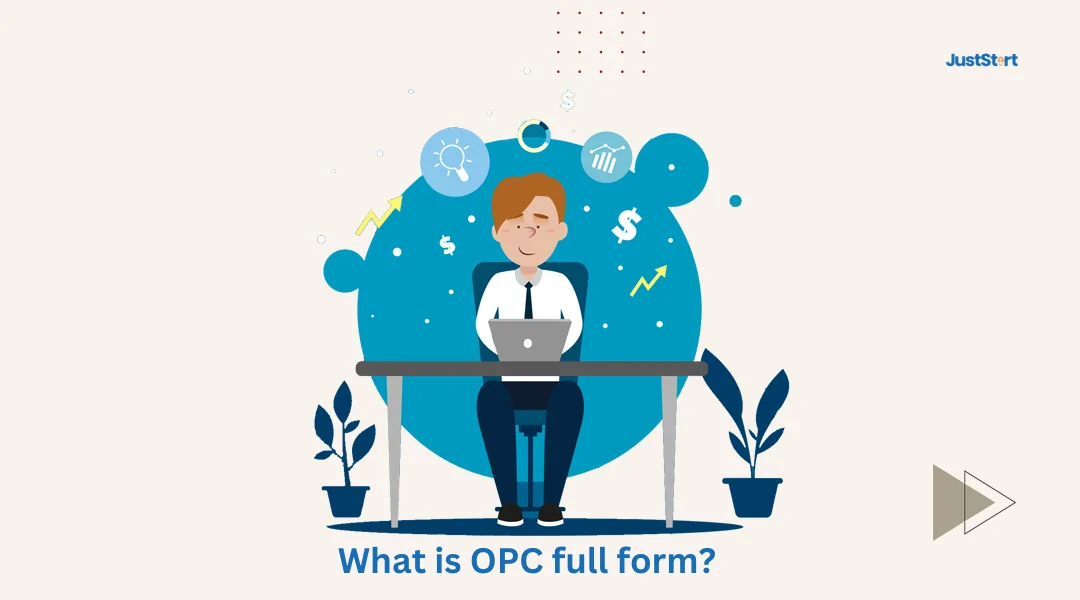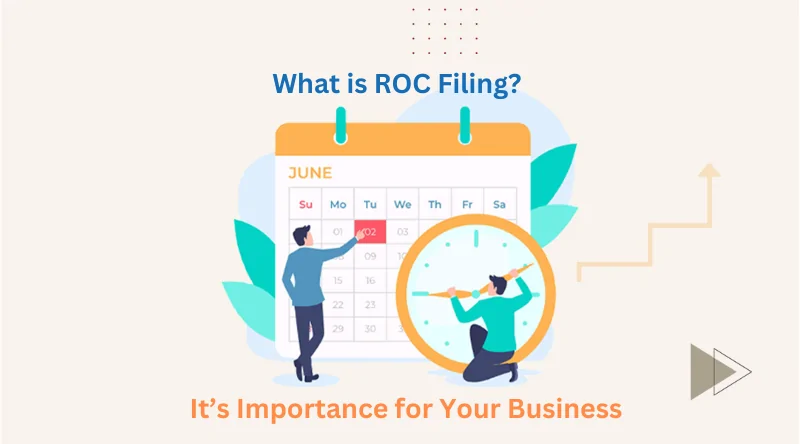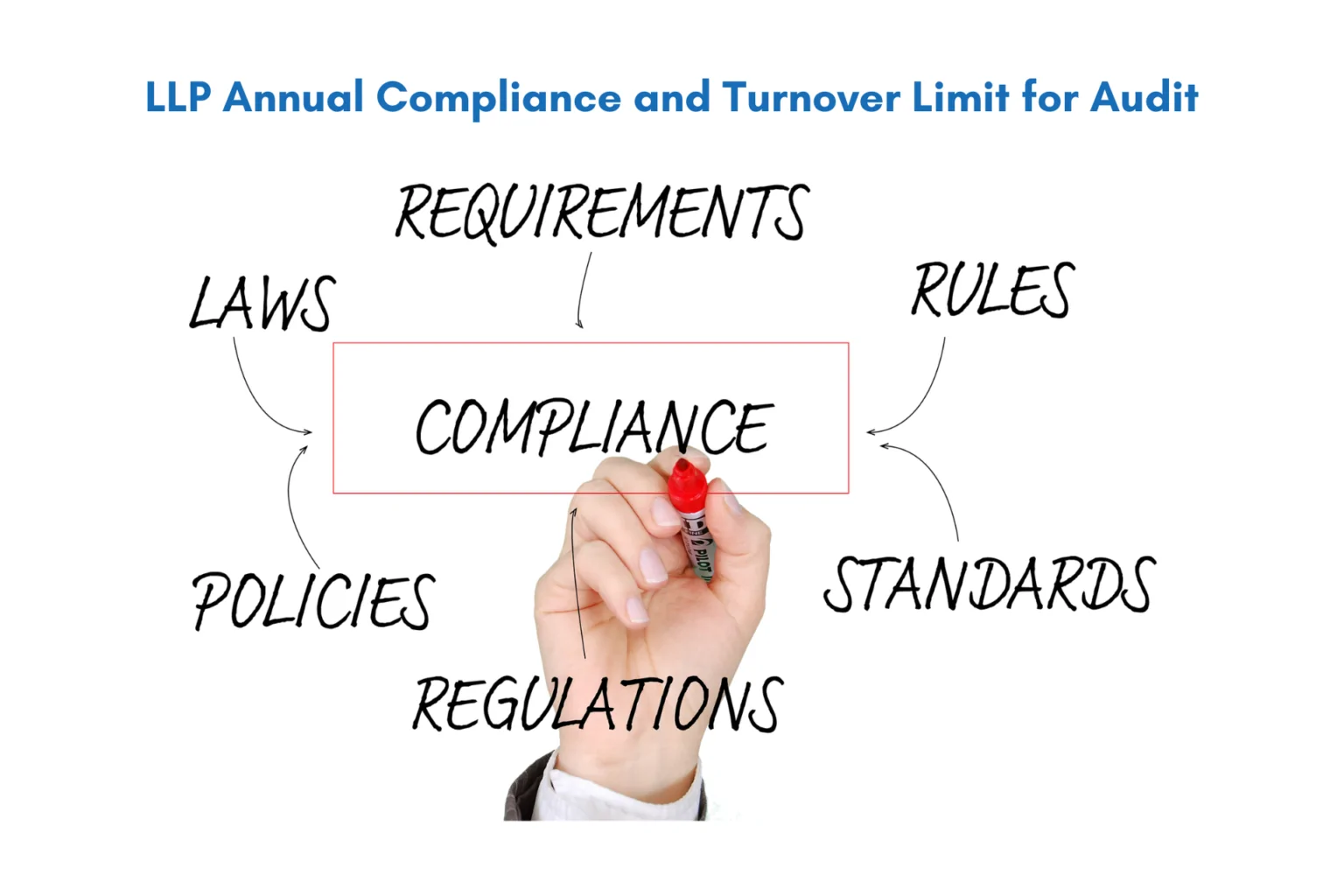
A limited liability partnership is a legal corporate body governed under the LLP Act, 2008. LLP Incorporation has some advantages that make it a better choice than basic partnership firms. It has a corporate structure.
A partnership firm, on the other hand, is an old and outdated way to conduct business. Registration of a partnership firm is required by the Partnership Act of 1932; otherwise, registration of a partnership firm is optional.
Conversion refers to the transfer of the firm’s property, rights, duties, advantages, investments, and commitments to the LLP, which have now been converted.
The main factor for this is that LLPs provide more ease, like limited liability and flexibility in business management.
Benefits of LLP Company
The government will provide you with various benefits and securities if you obtain Limited liability partnership registration online.
LLP Company contributes to the company’s credibility. Some documents are also required for the LLP Registration Process, ensure that they are correct and up to date. There are additional benefits to LLP registration, but first, let’s go over the procedure for registering a Limited liability partnership.
You can also contact JustStart for assistance with the conversion or registration process. We have specialized experts who can assist you in resolving your issues with the best consultancy services.
Partnership conversion into a LLP
Step 1: Name approval and DSC
Obtain approval for the company’s name by RUN (Reserve Unique Name). If the company’s name is approved, you must complete the conversion process within 90 days. Otherwise, you will have to reapply for name approval.
Step 2: Filing of forms with RoC
Fill out Form-17 and Form- FiLLiP to get the registration certificate. These forms are to file the application and statement for the conversion of a firm into an LLP, as well as the incorporation of an LLP. These forms require detailed information about the partners, partners’ consent, capital contribution, applicants’ ID proof, office address proof with NoC, and a few other details. Please also make sure that a CA has certified the firm’s assets and liabilities.
Step 3: Issue of Registration Certificate
For approval of the application, the registrar will issue the LLP’s registration certificate after thoroughly reviewing your applications. A registration certificate is proof of a company’s registration with the Indian government.
Step 4: LLP Agreement
You have to submit the agreement in the form LLP-3 within 30 days of the firm’s incorporation. LLP-3 contains information for the LLP agreement as well as changes. The Act allows it to be relatively flexible in terms of the draft of the agreement.
Step 5: Notification to the Registrar
Within 15 days of the date of incorporation in Form-14, we must notify the registrar of firms of the conversion into an LLP and provide the related details of the LLP to verify that we have completed all of the necessary paperwork for the LLP registration. Additional documentation is also required.
Notice of conversion of LLP in agreements
From the date of registration to the end of the 12 months, you must include your name and registration number (if applicable) in all official correspondence. It is to ensure that the user is engaging with the LLP.
Why should you choose an LLP Company over a partnership firm?
1. Separate legal entity: This means that a Limited Liability Partnership can own property and enter into contracts in its own name. A partnership firm, on the other hand, does not own this benefit.
2. Flexibility: Unlike traditional partnership firms, LLPs can conduct business in a much more flexible manner.
3. Perpetual succession: The LLPs can continue to exist despite changes in any partners, unlike the traditional way of partnership firms.
4. Members: LLPs must have at least two members but have no maximum limit on the number of partners. However, in a partnership firm, the maximum number of partners is limited to 50.
5. Higher credibility: Limited liability partnerships are more credible than traditional partnership firms. LLPs get registered with the MCA, which gives them public recognition.
6. Protection: LLPs benefit from centralised registration, which gives them complete protection for both the company and its name. However, a partnership does not get this protection.
7. Mandatory Requirements for Conversion of a Partnership Firm into LLP:
LLP conversion is under Section 55 of the Limited Liability Partnership Act of 2008, written under Schedule II of the Act.
All partners in the partnership firm must be partners in the LLP as well. You cannot add new members or remove any of the existing ones during the conversion process.
All partners are supposed to hold a Digital Identification Number.
To convert into an LLP, the partnership firm must get registered under the Partnership Act, 1932.
The approval and consent of each partner as well as other concerned authorities is mandatory.
Changes after LLP conversion:
The firm’s name will be removed from the registrar of firms’ records. You can further continue your business with the name of converted LLP. All pending traditional partnership proceedings will therefore be payable by or against the LLP. The partnership firm’s rights and duties will also be transferred to the LLP. Also, please continue your business with full responsibility and success.
Getting your registrations done by an expert is always a good idea. Any error in the application could negatively affect the entire procedure. Despite rectifying any mistakes or changing any of the details given in the application for Limited Liability Partnership Registration, better avoid it by getting it done through professionals.







